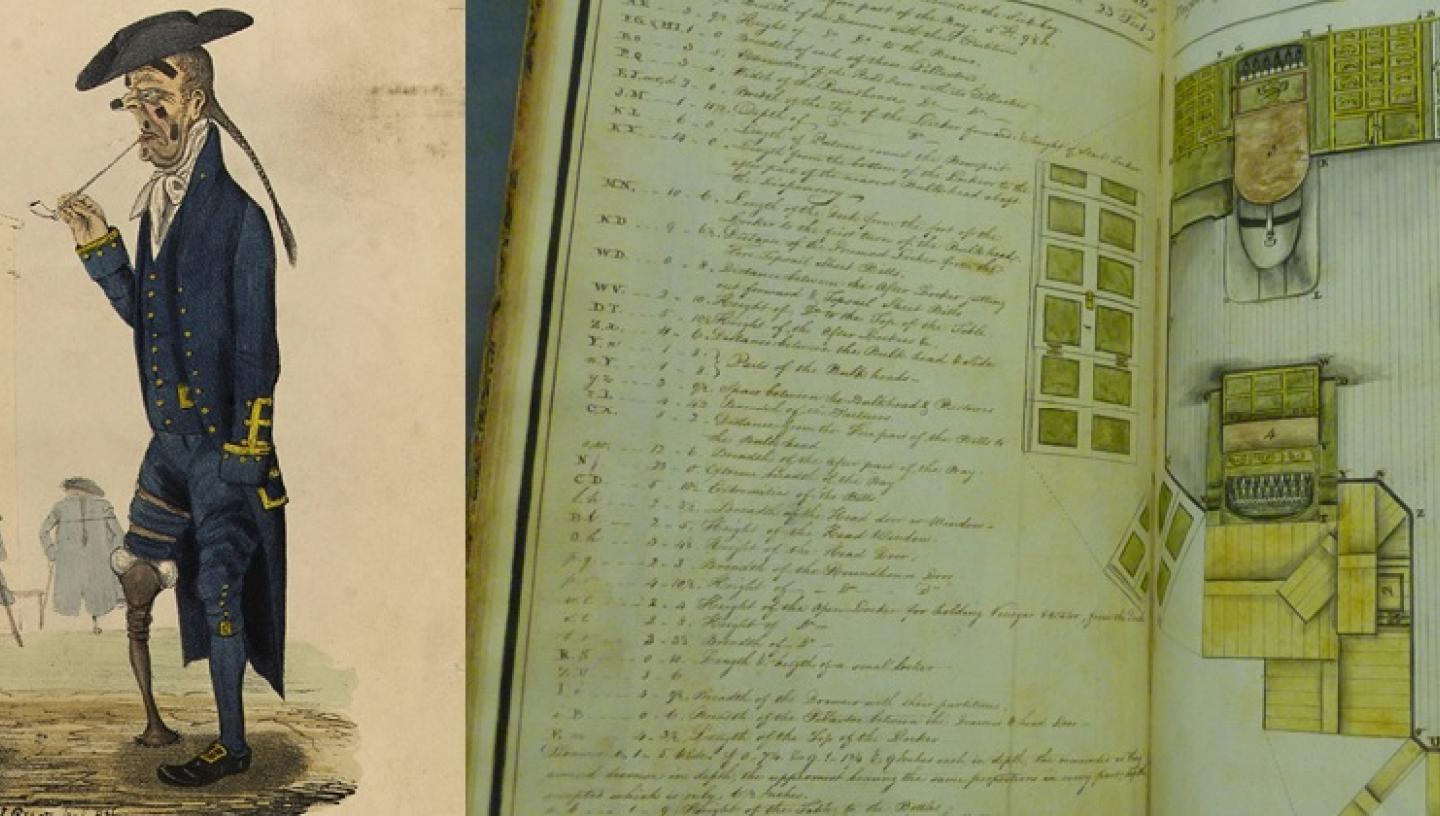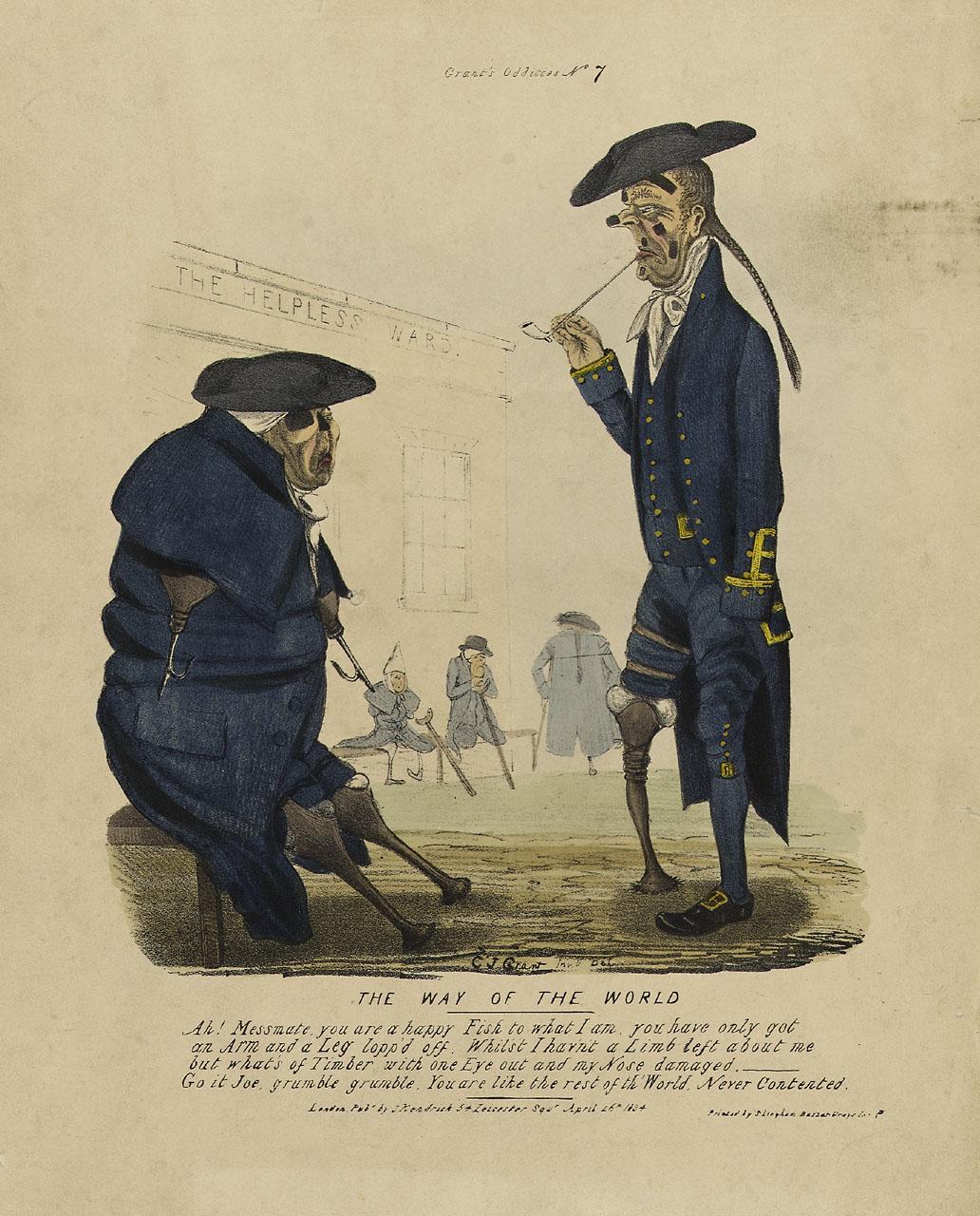
05 Jul 2017
The Caird Library has recently installed a new display of archive and library material. The theme is Medicine and Health at Sea and reveals the main diseases particularly prominent during long sea voyages. These included scurvy and yellow fever.

The best known and most feared sea disease was scurvy, which is caused by a dietary deficiency of vitamin C. Scurvy declined after the Navy started to issue lime and lemon juice from 1795 but was still a problem when fresh provisions were unavailable for long periods. Purser Laurence Millechamp’s account of Anson’s round-the-world voyage, 1740–44, remarks on how debilitating was ‘that almost incurable distemper, the scurvy’, which led to great loss of life at sea before the 19th century. His ship, the Centurion was the only one of the squadron that returned to England in June 1744. Over 1300 men died from scurvy and other health problems on the expedition.
Crews involved in both coastal surveying and anti-slavery patrols on the west coast of Africa suffered high mortality from yellow fever. This is reflected by a letter written by Thomas Butter, an assistant surgeon on board the Sybille in 1830. The letter mentions the successful capture of two slaving ships, with 706 enslaved people on board.
An illustration of a sickbay and dispensary in the San Domingo, 1814, by Commander Samuel John Brooke Pechell, is a rare glimpse into what these quarters looked like in a typical Royal Navy two-deck ship from 1800 onwards.
Also featured is a common 18th century medical book, fascinating because of its history and bound in sail cloth from the Bounty. It originally belonged to Thomas Huggan, surgeon on the Bounty. On 28 April 1789, acting lieutenant Fletcher Christian led the famous mutiny on the Bounty. It was taken by the mutineers to their retreat on Pitcairn Island in the South Pacific, where they stayed for nearly 20 years before discovery in February 1808.
To learn more, come and see these treasures, on display until October 2017.
Visit the Caird Library & Archive
Mike Bevan, Archivist